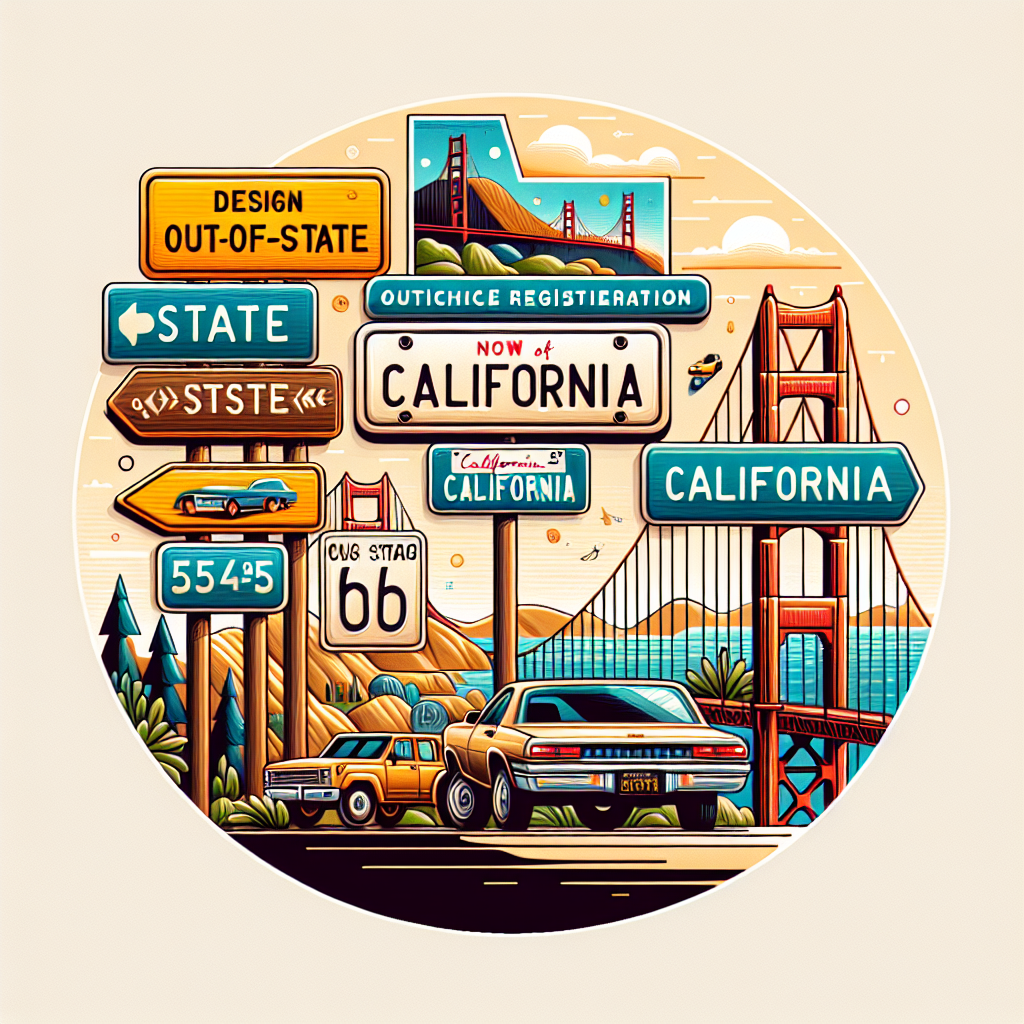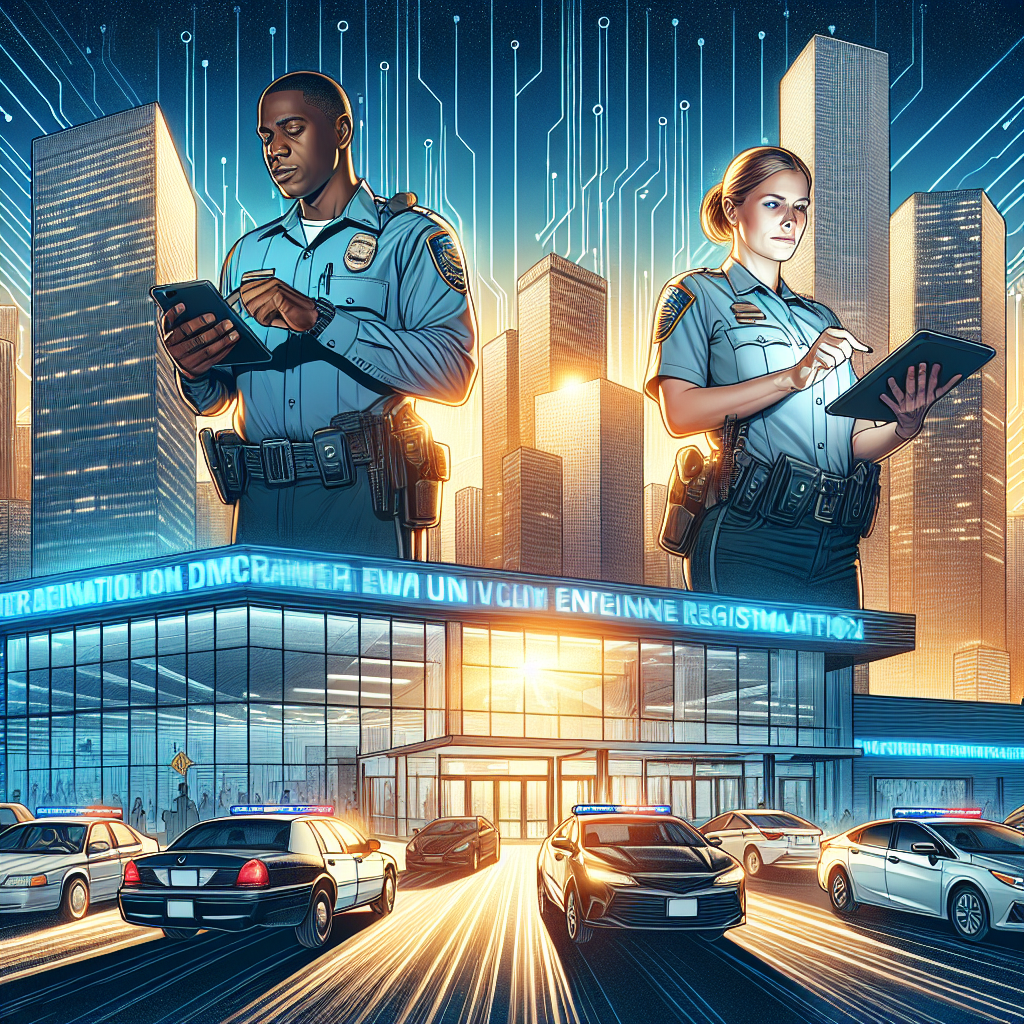DMV Legislative Insights: How New Laws Will Affect Real-World Enforcement
Introduction
Learning about driving laws can be really hard for many drivers. With new rules constantly popping up, knowing what these changes mean is super important for those driving and those making sure the laws are followed. Keeping up-to-date with new DMV laws is crucial because changes in laws can really have a big effect on traffic rules and how drivers experience their daily commutes. In this post, we’ll look at recent updates in laws and how they could change the way things work at the DMV.
Background on Recent DMV Legislation
Recently, many new bills have been introduced to make DMV operations better and tackle road safety issues. These new laws are focused on making the roads safer, making DMV processes faster and easier, and using cool new technology to solve old problems. Some big ideas of these laws are to lower traffic violations, keep people safe, and make DMV services faster and easy to use.
Key Changes in DMV Laws
Stricter Penalties for Violations
One big change is tougher punishments for breaking traffic rules. The idea is to stop reckless driving and make sure drivers follow road safety rules. These new penalties mean drivers could face more fines, longer times without their licenses, or even criminal charges if they repeatedly break the rules. For traffic police, this means they have stronger ways to handle rule-breakers and keep people safe.
Updates to Licensing and Registration Procedures
Changes in licensing and registration could make DMV processes better. These changes aim to make getting licenses and registering cars easier and faster. Drivers might see more options to do things online, which could mean less waiting. For the DMV, it means their work becomes more efficiently organized.
Technology and Automation in Enforcement
New laws are pushing for more technology and automation in traffic rule enforcement. This means more digital tickets and automatic processes for dealing with violations. While this can make things faster and reduce work for DMV staff, it also presents challenges. DMV needs to invest in new technology, and there might be tech issues sometimes.
Real-World Enforcement Implications
Increased Role of Technology
Now, surveillance tools, AI, and data analytics are being used more in traffic enforcement. These technologies help in watching traffic, catching violations, and even predicting possible road dangers. But, they can also bring up worries about privacy and ethics, which need careful attention.
Changes in Driver Behavior
Tougher laws often mean drivers change how they drive. As penalties become harsher, it’s expected that drivers will drive safer, which could make roads better. Telling the public about these laws through education plays a big part here so that drivers know the rules and why they’re important.
Training and Resource Allocation for Law Enforcement
For the police, new laws mean they need training and resources. Officers need to understand the new rules to enforce them accurately, and police departments must adjust resources for these changes. This might involve buying new equipment and providing training.
Impact on the Public
Understanding and Compliance
Good communication from the DMV helps the public understand and follow the new rules. This means having seminars, online sessions, and keeping their website updated with information so drivers can easily find out what they need to know.
Community Perspectives and Feedback
Getting the community involved is important for making laws work. The DMV can learn a lot from what the community thinks and can use their feedback to make things better. They can use surveys and public meetings to hear what the public has to say and create a friendly environment.
Conclusion
As DMV laws change, everyone involved, from drivers to police to DMV staff, must adapt. Staying informed helps everyone handle the changes better, make roads safer, and improve processes.
Additional Resources
For more about recent law changes and how they impact DMV services, check out Tags Clinic’s official DMV resources or get in touch for more info.
Call to Action
Being informed is crucial, whether you’re driving or enforcing laws. Subscribe for DMV updates or attend a meeting to stay current with the latest changes. Visit Tags Clinic for a smooth DMV experience in San Diego; our friendly experts are eager to help with your auto needs!
Visit us at 3845 University Ave, San Diego, CA or call at 619-777-9046. We are always excited to hear from you and assist you with your needs.









